How to grow Broad Beans (Avaraikkai) in containers at home?
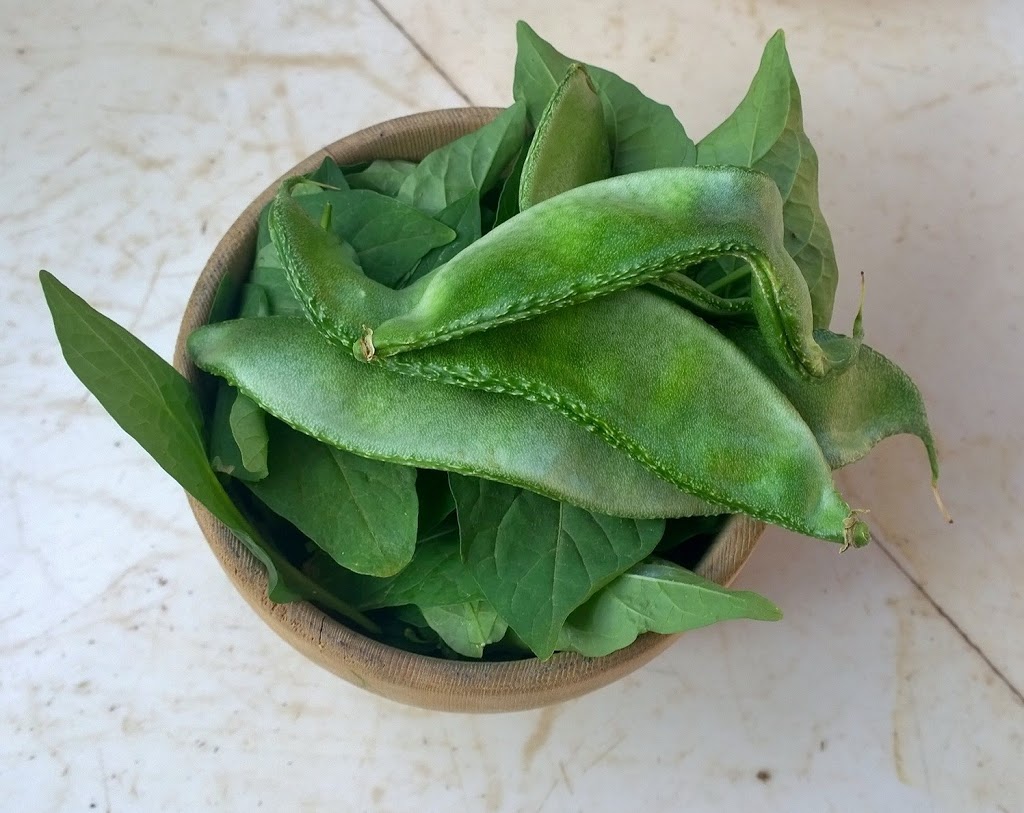
Broad beans are one of my favourite vegetables and they taste absolutely divine when they are tender. If you love Broad Beans and want to buy them from the market, you might be disappointed with the options available. Usually they are mature and don’t have the same texture as the broad beans which are home grown.
You can easily grow broad beans in a container at home. This is one of the easiest vegetables to grow for a beginner and it’s a low maintenance plant too.
The broad bean is a legume which belongs to the Fabaceae family. Broad beans / Fava beans are known by different names all over India. In Tamil they are called “Avaraikkai”. In Hindi, they are called “Papdi”. In Telugu, they are called “Pedda Chikkudu”. In Kannada they are called “Chapparadavare”. In Bengali, they are called “Sheem / Shim”.
There are 2 varieties of broad beans, one is a climber and other one is a dwarf / bush variety. I grew the 2nd variety (known as chedi avarai in tamil). The bush variety of Broad beans is the best suited one for growing in containers.
Check out my video where I have documented my growing experience.
How to grow Broad Beans in Containers at home?
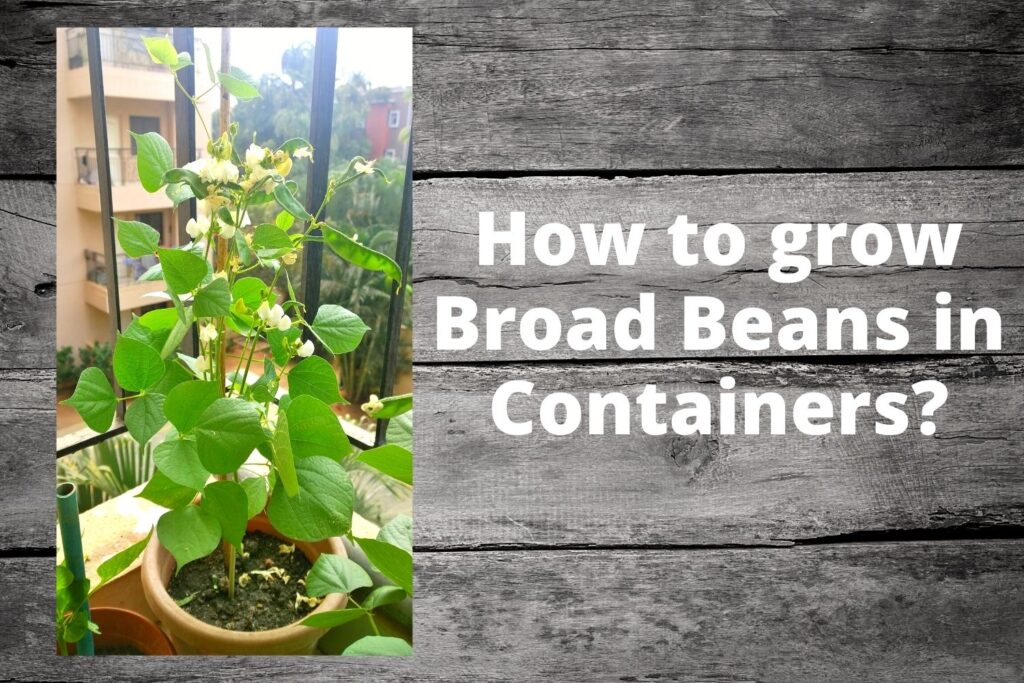
Get the Right Container for Growing Broad beans (Avaraikkai) :
Broad beans can be grown in a container that is at least 8″ deep. I have used an 8” container.
Make sure that the pot your are using has excellent drainage.
Having the right container for growing broad beans is a very important step in having a bountiful harvest.
You will want to make sure that the container you are using is large enough to accommodate the plant as it grows. Remember, if the container is too small, then the plant will not be able to thrive.
Choose a Good Location:
Broad beans do best in full sun. While they can grow in partial shade, they will not produce as much and the beans will be smaller.
You can move the plants around to suit the sun, if your balcony / Patio doesn’t get enough sun.
Growing Medium for Broad beans ( Avaraikkai) :
A good soil should have organic matter, air space and water retaining capacity.
I used this mix for growing medium : garden soil -70%, leaf compost -25% and neem cake and cocopeat made up 5% approx.
It is a low maintenance plant and you can add some additional compost when its flowering / fruiting.
I sprayed it with bokashi tea while it was fruiting. Check out my post on Bokashi tea preparation here.
Soil pH affects the availability of nutrients to the plants. Beans need lots of nitrogen. They do best when the pH of the soil is 6.5-7.5.
Germination and Growing Conditions for Broad beans( Avaraikkai):
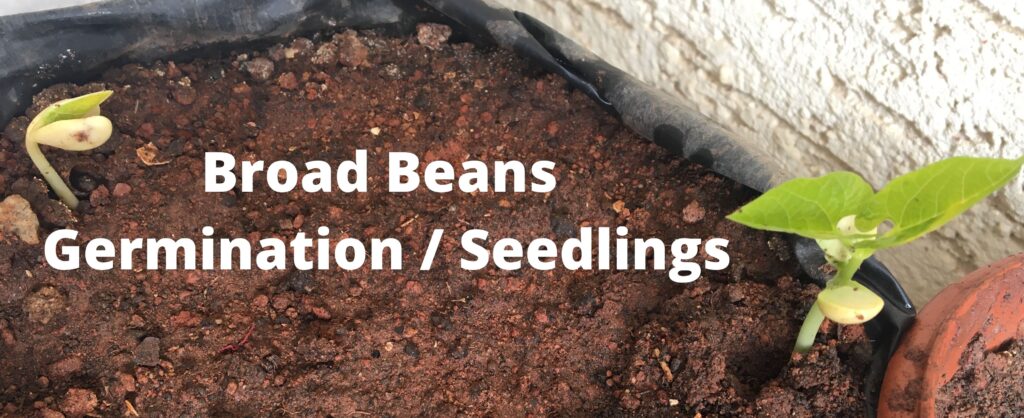
In India broad beans are traditionally grown in the cooler season and year round in places with mild weather like Bangalore.
Sow seeds 1cm (½in) deep in fertile soil. They should germinate within 5 -14 days.
(Tip – You can soak the seeds overnight (8 – 10 hours) to encourage quick germination.)
They will need warm conditions and protection from the cold.
Plant 2-3 seeds per container and thin to 1 plant per container.
Broad beans do not like to have their roots disturbed so a good tip is to plant the seed directly. They don’t do well if they are transplanted.
Watering:
Water your plants regularly, especially in containers that are are smaller you may need to water more frequently as they grow.
Watering using a drip system is preferred.
Even though broad beans are fairly drought tolerant, they do require adequate water.
At the same time ensure they are not over watered. Otherwise, they can get infected by root rot and other fungal diseases. So make sure that you have a good drainage in the container.
Harvesting, Storing and Cooking

Buds started forming on spikes around the 45 day mark.
The tiny beans start coming up after a couple of days.
The flowers are self pollinating and not all of them form beans. So, those that didn’t end up forming beans fall off.
Broad beans have the best flavour when they are harvested at the “baby” or a tender stage.
They ideally prefer cooler weather when they are fruiting.
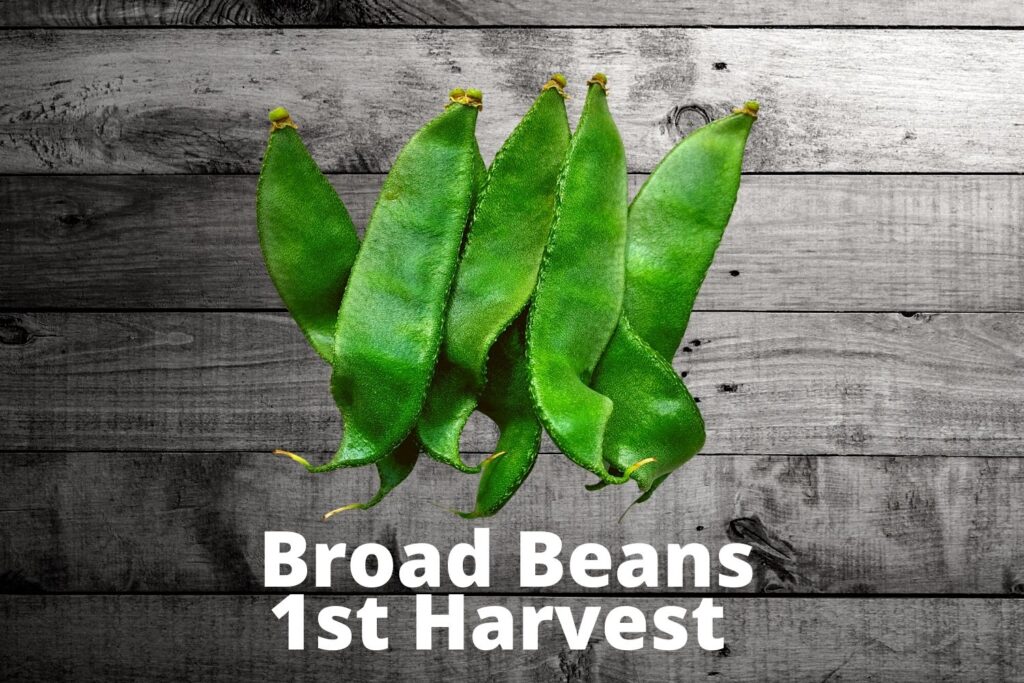
I got my 1st harvest after 2 months and I was getting a handful of beans from each plant every week for about 4 months.
Also the yield is quite good, having 5-6 plants is sufficient to produce enough broad beans for a small family.
I harvested the beans every week and sometimes stored a few in the refrigerator until I have enough to make a dish.
Broad beans are easy to incorporate into your diet by adding them to soups, salads, and smoothies. There are a number of Indian recipes that use Broad beans. They are best savoured as a simple stir fry which allows the flavours of the broad beans to shine.

If the beans are left for too long on the plant they go to seed.
I allowed a few of the pods to go to seed. The pod matures with the seeds and gets dried up on the plant itself in a couple of weeks. Once the pod is completely dried, the seeds can be harvested and saved for the next season.
It’s advisable to air dry the seeds for a couple of days before storing in an air tight container or ziploc pouch.
Pest control
Towards the end of the season, some of the flower stalks started getting aphids.
I simply removed those stalks and sprayed a neem oil emulsion to get rid of them.
Apart from that there was no major pest attack. These are quite resilient plants.
It’s good to prune old yellow leaves or drying branches later in the growing season as it will promote fresh growth.
Nutrition Facts about broad beans:
Broad beans are not only healthy, but they are also tasty. They also have fewer calories than many other common beans.
• Broad Beans are rich in several nutrients, including dietary fiber, folate, vitamin K, manganese, magnesium, potassium, iron, copper, and zinc.
• They are a great source of energy-boosting carbohydrates. They also have a low glycemic index, which means they help avoid sugar spikes, making them good for a healthy diet.
- These include a reduced risk of developing heart disease, cancer, diabetes, and obesity.
- High in dietary fiber; low in saturated fat; a good source of protein.
• They are also good for people suffering from constipation, gout, and other digestive problems.
Conclusion:
With the right container, location, soil, and watering technique, you can successfully grow broad beans in a container. If you want beautiful, tasty, and nutritious vegetable in a small container, grow broad beans. Growing broad beans in containers is easy and they can be as productive as plants grown in the ground.
Broad beans grow quickly and don’t require much attention aside from a small addition of compost at the beginning to get them started. It doesn’t require any special care other than adding some additional compost while they are fruiting.
Broad beans plants have the prettiest white flowers and adds a lot of charm to the balcony / patio. Once they begin to flower, they can compete with any flowering plant on your balcony /patio.
Have you tried growing broad beans ? Do let me know your experience in the comments below.

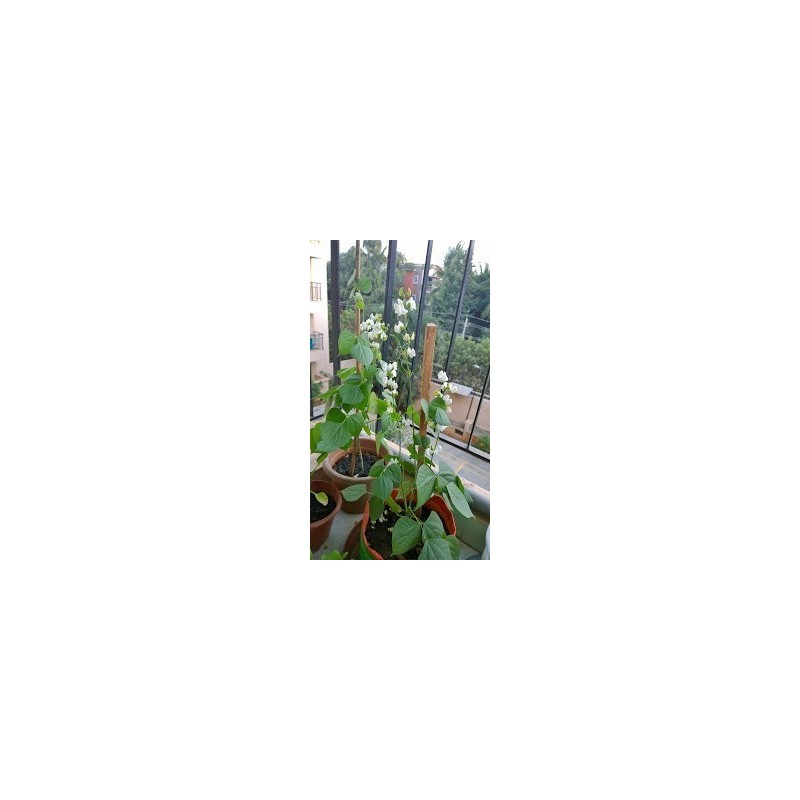

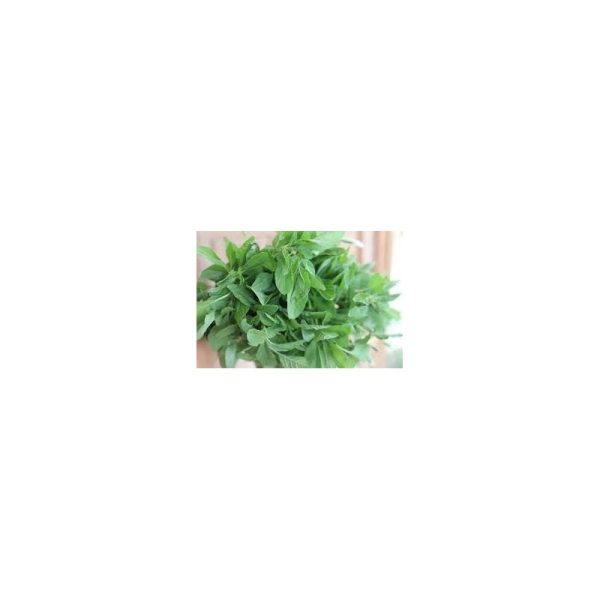





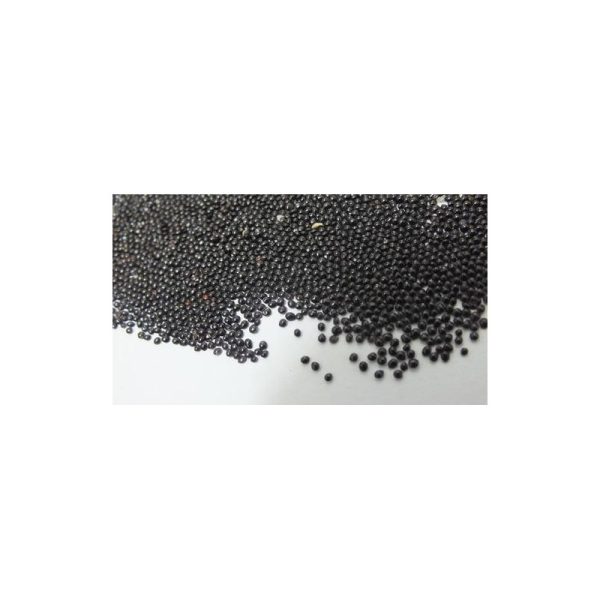


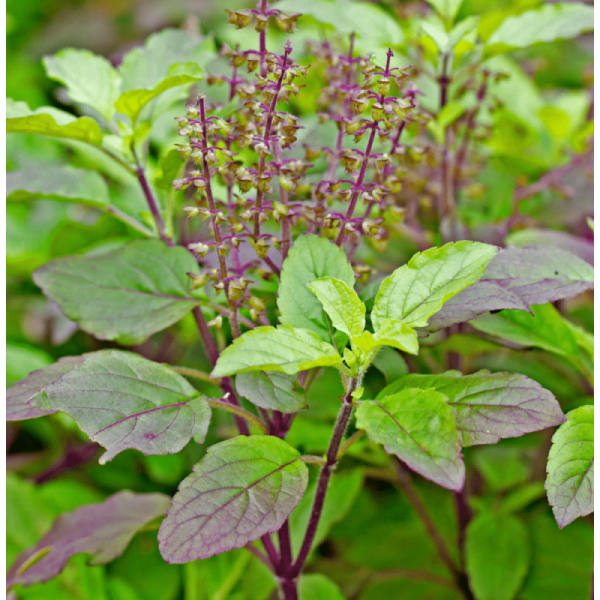




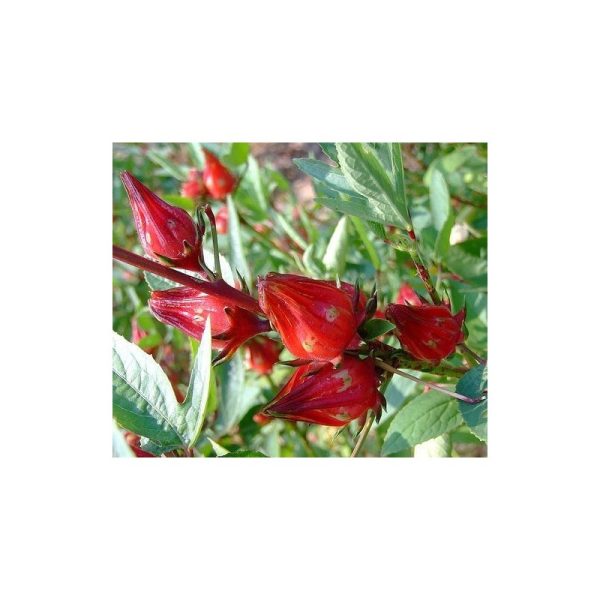
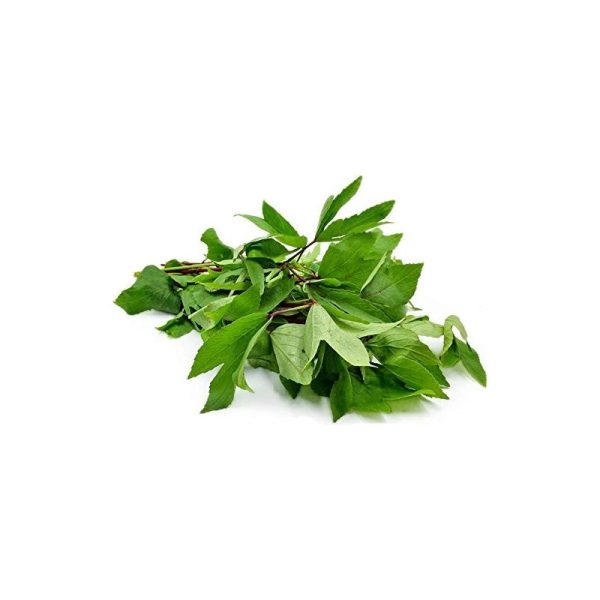


Reviews
There are no reviews yet.